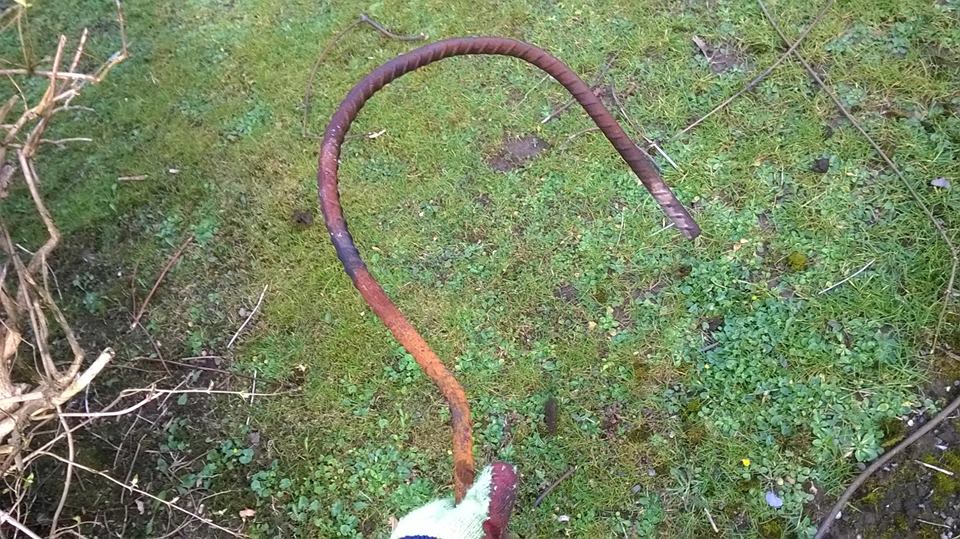If the pans are slightly tapered from top to bottom, there shouldn't be
any problem releasing the cement, just as it is easy to release a cake
from a mould or a sandcastle from a bucket. Cement doesn't normally stick
readily to smooth metal. You could spray the inside with silicone
lubricating spray and this should help also or even rub around the
inside of the mould with some butter, Vaseline or similar. You only need
to rub the surface in the same way that pans and dishes are coated when
cooking or baking.
When the cement is set hard after a few days,
lightly tap all around the base and sides, turn upside down and then if
possible, hit the edge of the pan off the edge of a surface such as a
bench, wheel barrow or kerb. This usually works when releasing plants
from pots so it should work with cement also.
Leave the cement for about a week before walking on it so that it attains its full strength.
If
you want to make the stones really strong, you can reinforce them by
laying any scrap metal items you want to dispose of inside the cement.
Half fill the mould with cement and then place the pieces of metal flat
on the cement. Fill up to the top of the mould with cement.
If the stones are going to be walked on, they need to be at least 2 to 3 inches thick.























